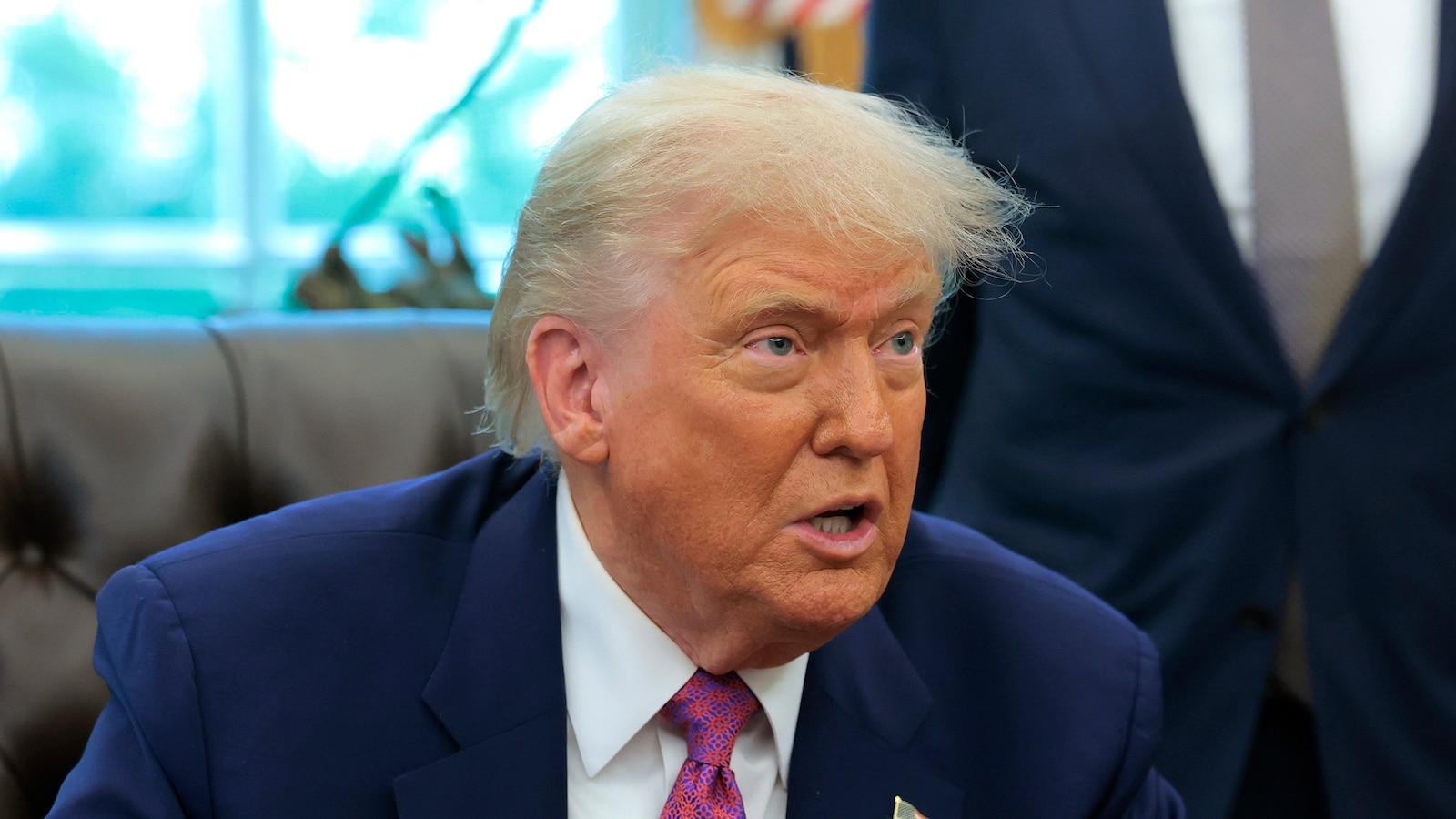President Donald Trump indicated that the recent military deployment to Los Angeles in response to protests against his immigration policies could represent the initial move in a broader strategy. In remarks made to reporters in the Oval Office, he emphasized that his administration plans to strictly enforce deportation policies and will not tolerate violent protests against Immigration and Customs Enforcement (ICE) officers.
‘This is the first, perhaps, of many,’ Trump stated, referring to the deployment of 4,000 National Guardsmen and 700 Marines amid ongoing clashes between demonstrators and law enforcement. The President’s call for military assistance comes despite the objections of California Governor Gavin Newsom, who has criticized the action as unnecessary and an overstep.
Trump remarked, ‘You know, if we didn’t attack this one very strongly, you’d have them all over the country,’ further warning that future protests would be met with ‘equal or greater force.’ His comments coincide with discontent among California officials and 22 Democratic governors, who view the military presence as an infringement on state sovereignty and an escalation of tensions.
Defense Secretary Pete Hegseth echoed Trump’s sentiments during a congressional hearing, asserting that ICE, as a federal law enforcement agency, has the right to operate within any state. ‘We have deployed National Guard and the Marines to protect them in the execution of their duties,’ Hegseth stated.
In light of the protests, Trump expressed openness to invoking the Insurrection Act, which allows the president to deploy U.S. military forces to address rebellion or violence. Under current authorizations stemming from the 1878 Posse Comitatus Act, however, the National Guard and Marines are limited in their law enforcement roles.
Trump described parts of Los Angeles as potentially experiencing an ‘insurrection’ and accused protesters of being ‘paid insurrectionists,’ despite lacking evidence for this claim. While he described chaotic scenes from recent nights, reports indicated that the violence had been contained primarily within a small area of downtown Los Angeles, with the overall response from law enforcement being modest.
According to ABC News observations, the National Guard’s involvement so far has been limited to monitoring a federal building, while local police interacted with protesters in a controlled manner. Specific details regarding the Guardsmen’s activities have yet to be clarified by the administration.
Support for Trump’s military deployment has emerged among some congressional Republicans, including House Speaker Mike Johnson and Senate Majority Leader John Thune, who argued that local officials were unable to manage the situation effectively. However, Senate Minority Leader Chuck Schumer criticized the troop deployment, calling it ‘provocative’ and a potential threat to democratic principles.
Trump concluded by stating that the National Guard would remain in Los Angeles ‘until there’s no danger,’ refraining from providing a specific timeline for their withdrawal, asserting that once the threat subsides, they will depart.
Reporting by ABC News’ Alex Stone, Lalee Ibssa, Isabella Murray, and Kelsey Walsh contributed to this coverage.

